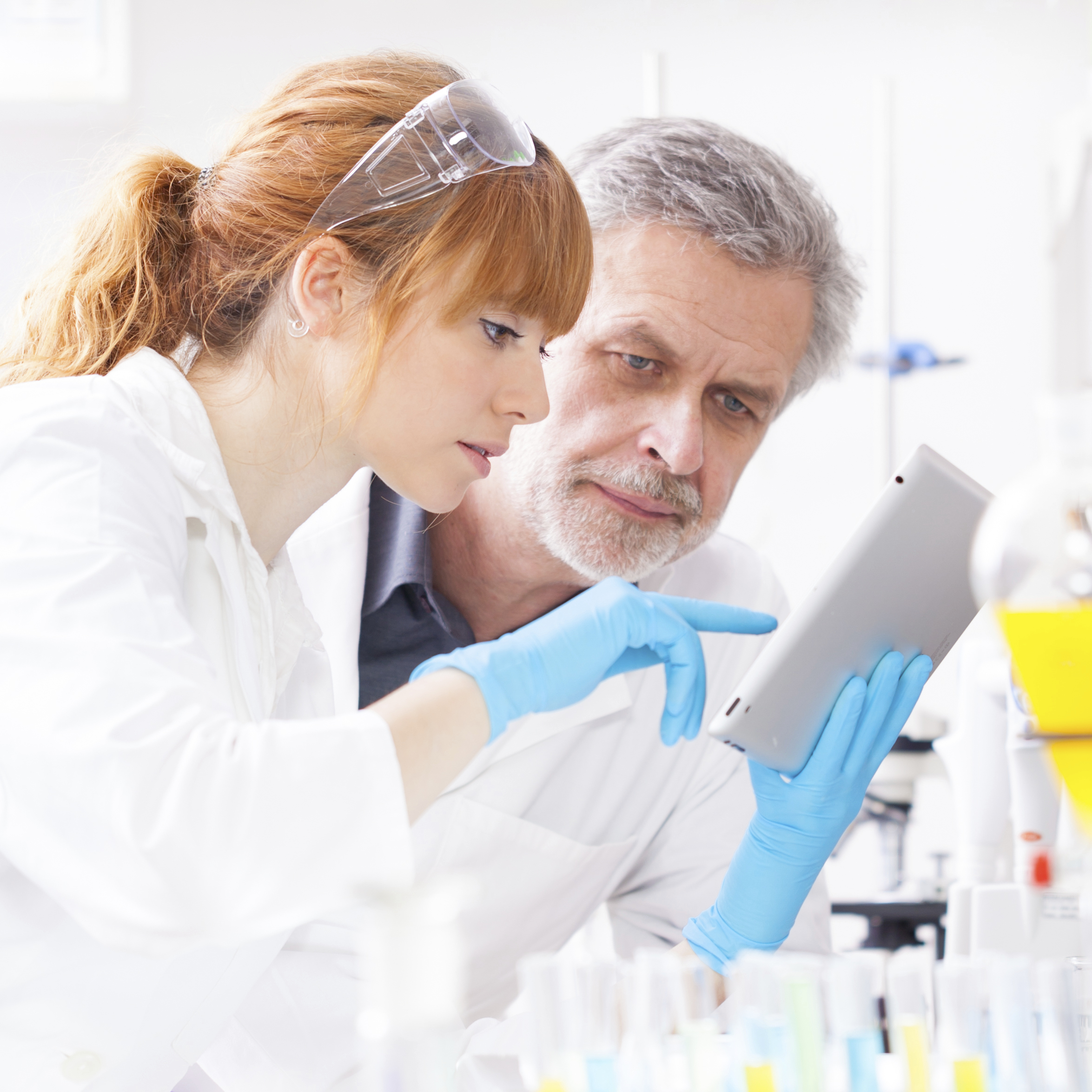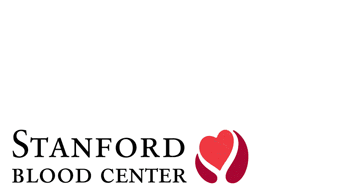
Are You My Type? BMT: The Ultimate Exercise in Matchmaking
Although Stanford Blood Center (SBC) is best known for supplying blood products to hospitals, did you know it is also home to one of the top Human Leukocyte Antigen (HLA) Histocompatibility laboratories in the country? While our
donor centers do not collect bone marrow, SBC’s HLA lab supports the success of hundreds of bone marrow transplants administered at Stanford Health Care by providing and developing tests to determine donor and recipient organ compatibility.
Have you ever considered becoming a bone marrow donor? Maybe now is the time.
What Is Bone Marrow?
Bone marrow is in the center of the bone and contains hematopoietic stem cells (HSC). These cells are immature cells that can grow into red blood cells, white blood cells or platelets, which serve the following purposes in the body:
- Red blood cells carry oxygen throughout the body
- White blood cells help fight infections
- Platelets help control bleeding
When bone marrow is damaged or destroyed, it can no longer make normal blood cells and a stem cell transplant (bone marrow transplant) is required.
Bone Marrow Transplantation (BMT)
A bone marrow transplant is the process of replacing unhealthy HSC with healthy ones in order to restart hematopoiesis, the process of generating red blood cells, white blood cells, and platelets.
Patients requiring a bone marrow transplant are often being treated for one of the following:
- Blood cancers like leukemia
- Diseases which result in bone marrow failure like aplastic anemia
- Other immune system diseases
In some cases, the patient will receive an autologous transplant where the stem cells come from the patient’s own blood or bone marrow, which would need to have been drawn and stored prior to the patient becoming ill.
When a patient receives stem cells from another person, it is called an allogeneic transplant. When conducting an allogeneic transplant, it is of the utmost importance that the donor and patient’s immune systems are closely matched; otherwise the patient will either reject the healthy donor HSC or the donor cells can attack the patient. The latter scenario is called graft-versus-host disease (GVHD), and can be fatal in some cases.
The importance of HLA matching
To determine whether a donor and patient’s HSC match well enough for a successful transplant, HLA testing is performed on both the potential donor and patient. Technicians look at a total of five different HLA loci, with two alleles at each locus, giving a total of ten alleles to consider for matching. Nine or more out of ten matches bodes a successful transplant. Siblings are ideal donor candidates because of the likelihood of a 10/10 match. However, even if a sibling is not a perfect match, their HSC may still be used for the transplant, as these mismatches among siblings are better tolerated that a product from an unrelated donor.
If bone marrow from a sibling is unavailable, the lab will search the National Marrow Donor Program (NMDP) registry for a match.
How to become a bone marrow donor
Consider becoming a bone marrow donor and see if your HLA type could be a match for a sick patient. To find out how to become a donor, or to learn more about bone marrow transplantation, visit Be the Match.
Sources:
http://www.nlm.nih.gov/medlineplus/ency/article/003550.htm
http://www.webmd.com/cancer/autologous-stem-cell-transplant
http://stanfordbloodcenter.org/news/BloodScience.html
